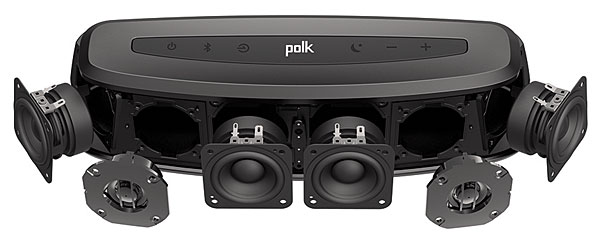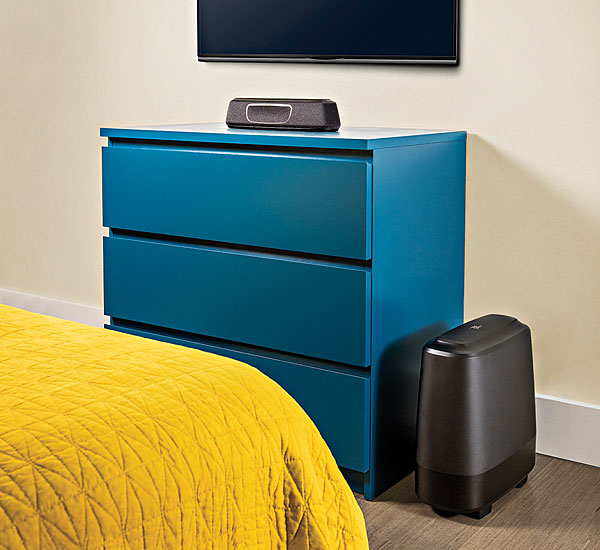Hi,
I recently purchased one of these and think it's great for casual listening! The highs seem to have a bit of a "processed" sound which seems to be particularly audible on the cleanest of records with cymbal and small bells/chimes, but the convenience of placement and usability of this device outweigh it's shortcomings...it gets used a lot!
Cheers,

 I experimented with the various listening presets and found that the Movie and Music modes sounded quite similar, although Music was a touch more open. Sport mode, on the other hand, boosted the upper midrange and thinned out the sound in a less than pleasant way, so I generally avoided it. Most of the time, I kept the Voice Adjust at its middle setting, although I can see how it might be helpful with some movie mixes, especially at low listening levels.
I experimented with the various listening presets and found that the Movie and Music modes sounded quite similar, although Music was a touch more open. Sport mode, on the other hand, boosted the upper midrange and thinned out the sound in a less than pleasant way, so I generally avoided it. Most of the time, I kept the Voice Adjust at its middle setting, although I can see how it might be helpful with some movie mixes, especially at low listening levels.
























































